Legendary Egyptian Architect Ramses Wissa Wassef’s Graduation Project
From a student project to a pillar in Egyptian architecture, Wassef’s vision began with ‘A Potter’s House in Old Cairo.’

Life-changing moments for architects arrive in their own unique blueprint. We study, observe, and design countless projects, yet, eventually, there’s one that feels like striking gold—a project that defines our direction, reveals our design philosophy, and speaks our architectural language. This turning point might happen once or come with several projects over time.
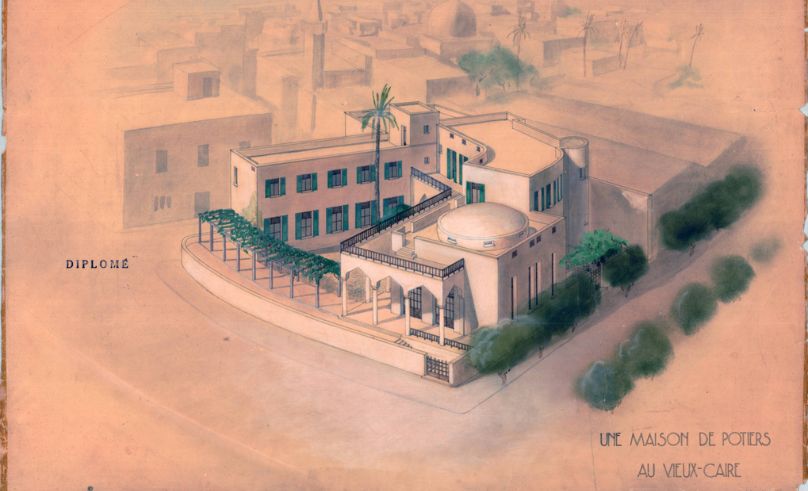
Often, this pivotal experience begins with our graduation project: a cherished creation crafted from years of study and sleepless nights. It becomes both a testing ground and a triumph, where theory merges with personal vision, making it our “first child” in the world of architecture.
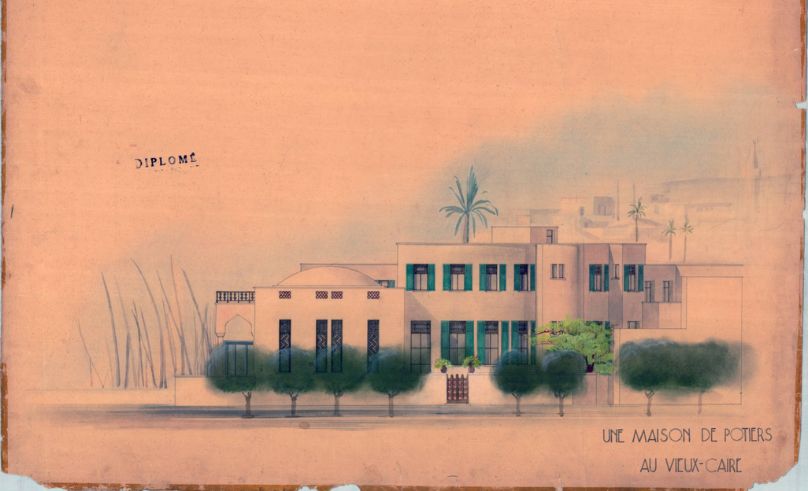
Looking at the works of Egypt’s pioneering architect Ramses Wissa Wassef, a striking consistency emerges across his creations, one that can be traced back to 1935, when he earned his BA degree from the École des Beaux-Arts in Paris. His graduation project, A Potter’s House in Old Cairo, was awarded first prize by the examination board, marking the beginning of his influential architectural journey.
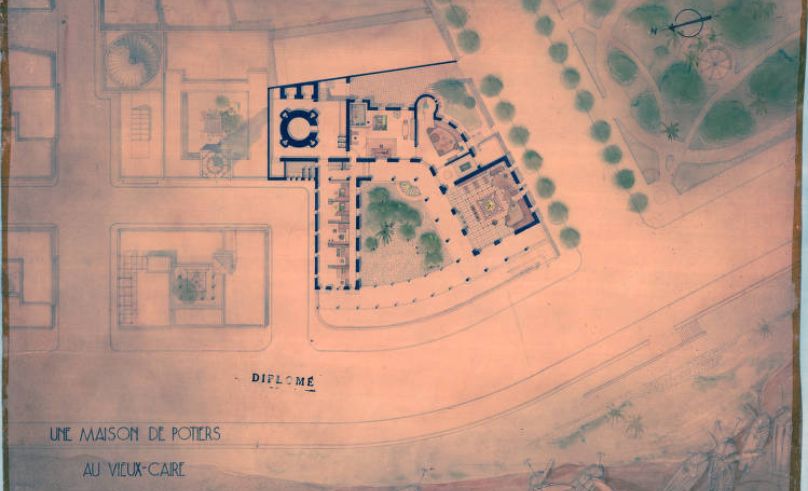
Designed as a dedicated space for living, working, and learning for potters, A Potter’s House in Old Cairo reflects Wassef’s passion for art. Beyond that, it marks the beginning of his ongoing pursuit to revive artistic traditions and practices through both his architectural design and building typology.
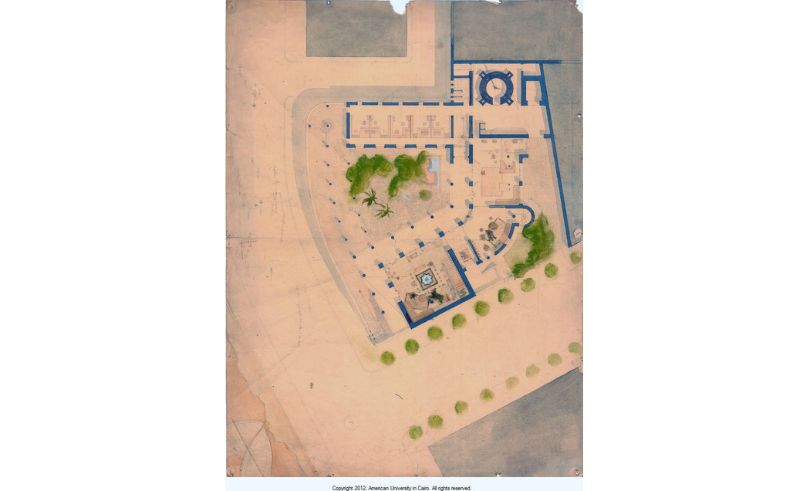
Dismayed by the dehumanising effects of mass production in the 20th century and the overarching fascination with modernism, Wassef adopted a design school of his own, centered around human needs and traditional design techniques.
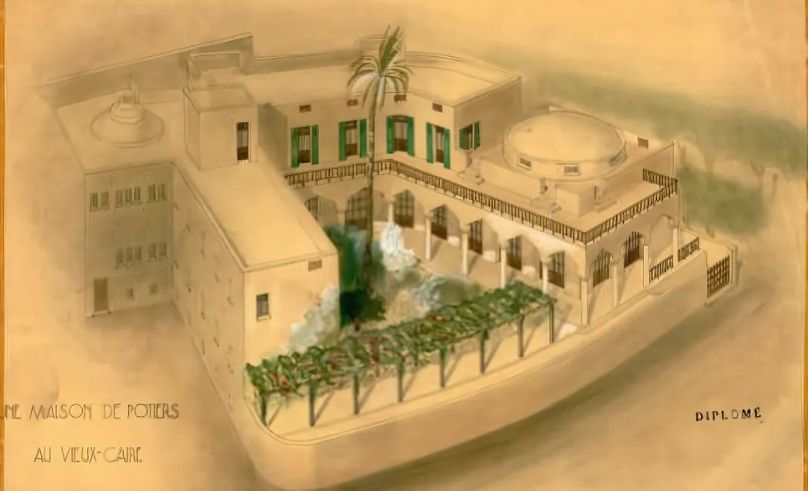
The semi-enclosed layout of A Potter’s House, with a courtyard at its heart—a hallmark of many of his other projects—reflects his deep influence from Islamic Cairo. Surrounded by a series of arcades featuring four-centred arches, this open garden serves as a communal space infusing life into the design.
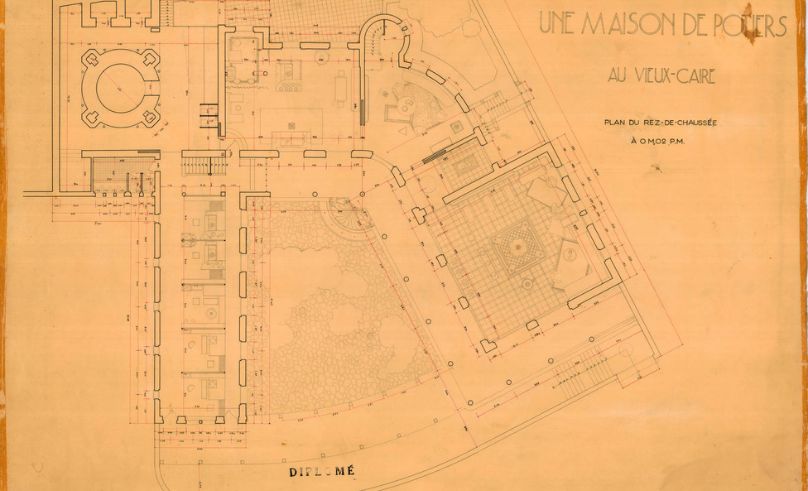
In contrast to his later projects, which prominently feature domes and vaults, A Potter’s House stands out with its three-story design, primarily topped with a flat ceiling, interrupted only by two segmental domes on squinches positioned at diagonal corners.
The southern dome takes on a more prominent role, covering a larger area and featuring small windows in its squinch to allow light to filter into the cloister below. Rooted in tradition, this space, with its tranquil water fountain and elegant colonnade, serves as the main vertical journey of the building. It guides visitors upward through an immersive experience shaped by its peaceful, timeless atmosphere.
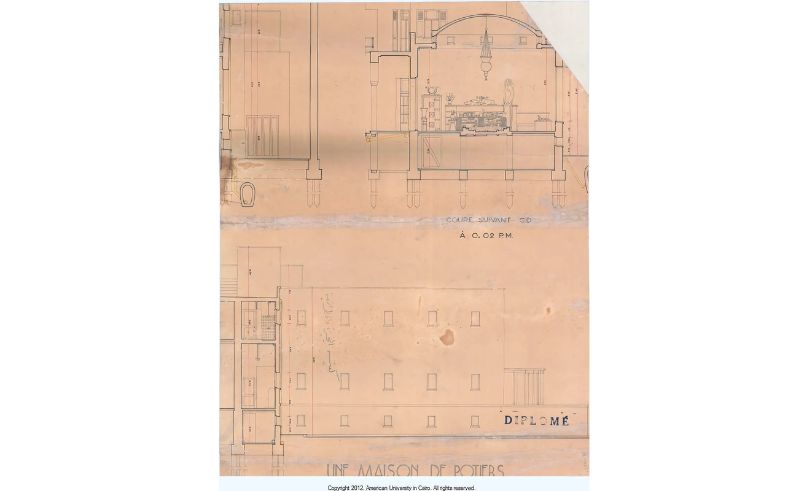
The stepped allure of the building parallels the clean lines of a 20th-century structure. Combined with green wooden shutters and a mashrabeya-inspired parapet, it exudes an enchanting character, blending modernity with a rich heritage of craftsmanship and cultural depth.
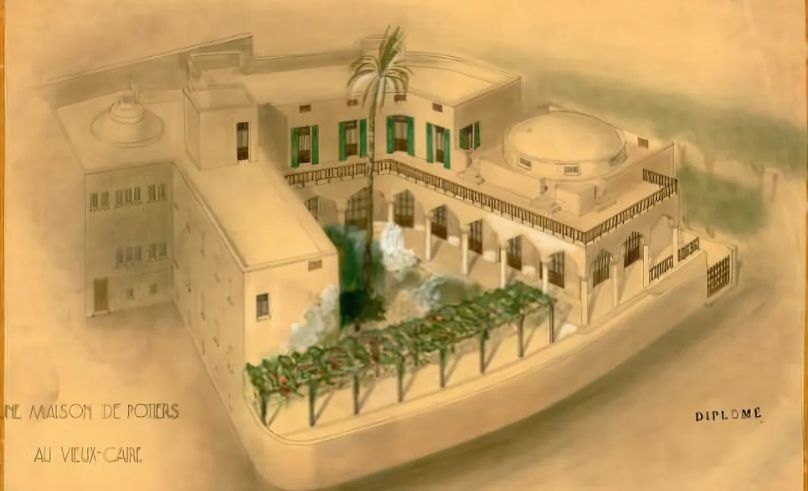
Compared to his later works, A Potter’s House in Old Cairo stands as a nascent idea—a seed that would eventually grow into the more famous Ramses Wissa Wassef Art Center in Giza, completed in phases by 1974.
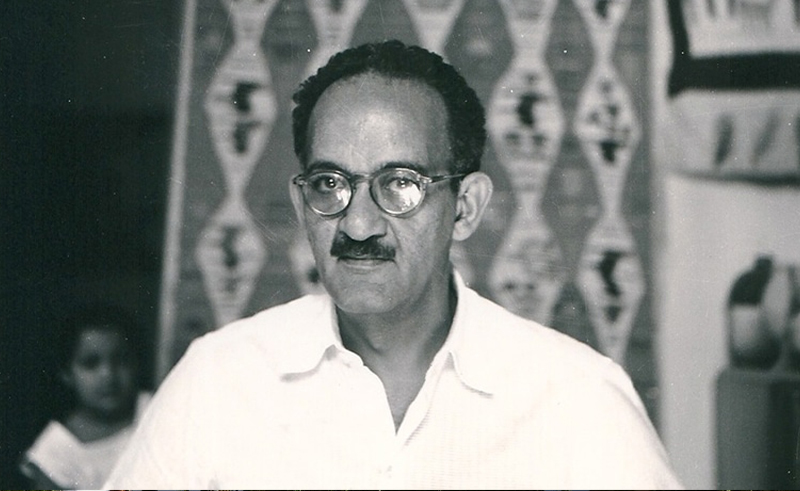
Although he graduated from the École des Beaux-Arts in Paris, where he studied neoclassical architecture, including the works of Haussmann and the classical orders, Wassef’s architectural approach drew inspiration from forms that are quintessentially Egyptian. Incorporating shapes and structures influenced by Coptic and Islamic architecture, his deep understanding and reinterpretation of modernist design principles gave his buildings a timeless, yet distinctly familiar quality.
Photography Credit: American University in Cairo
- Previous Article Halle Berry Spotted Sporting Egyptian Label Jude Benhalim
- Next Article Scene Styled Picks: Sustainable MENA Labels We Love
Related Articles
Trending This Week
SceneNow TV
Events Calendar




















